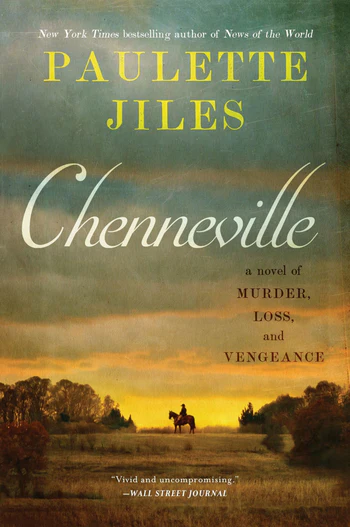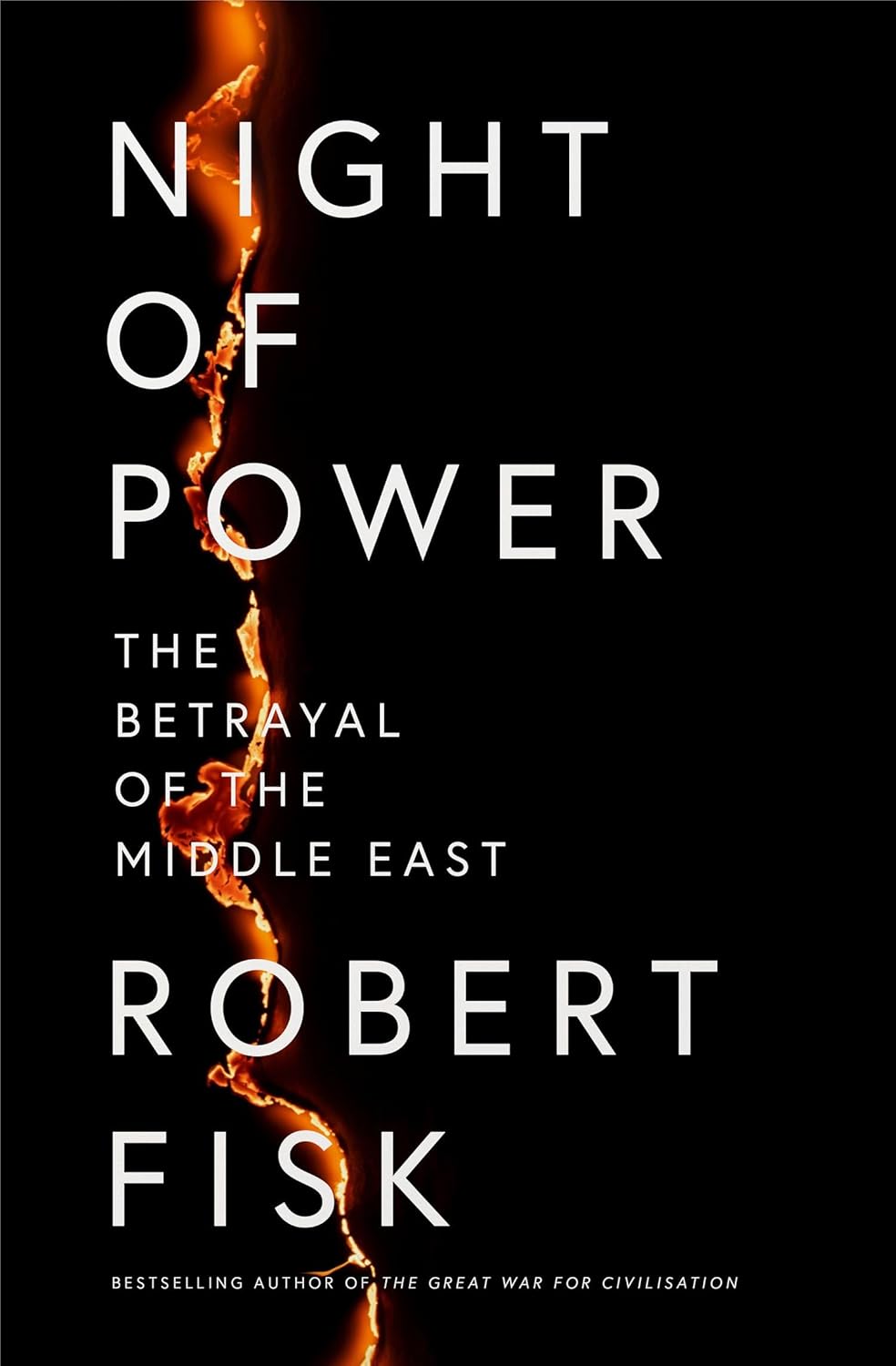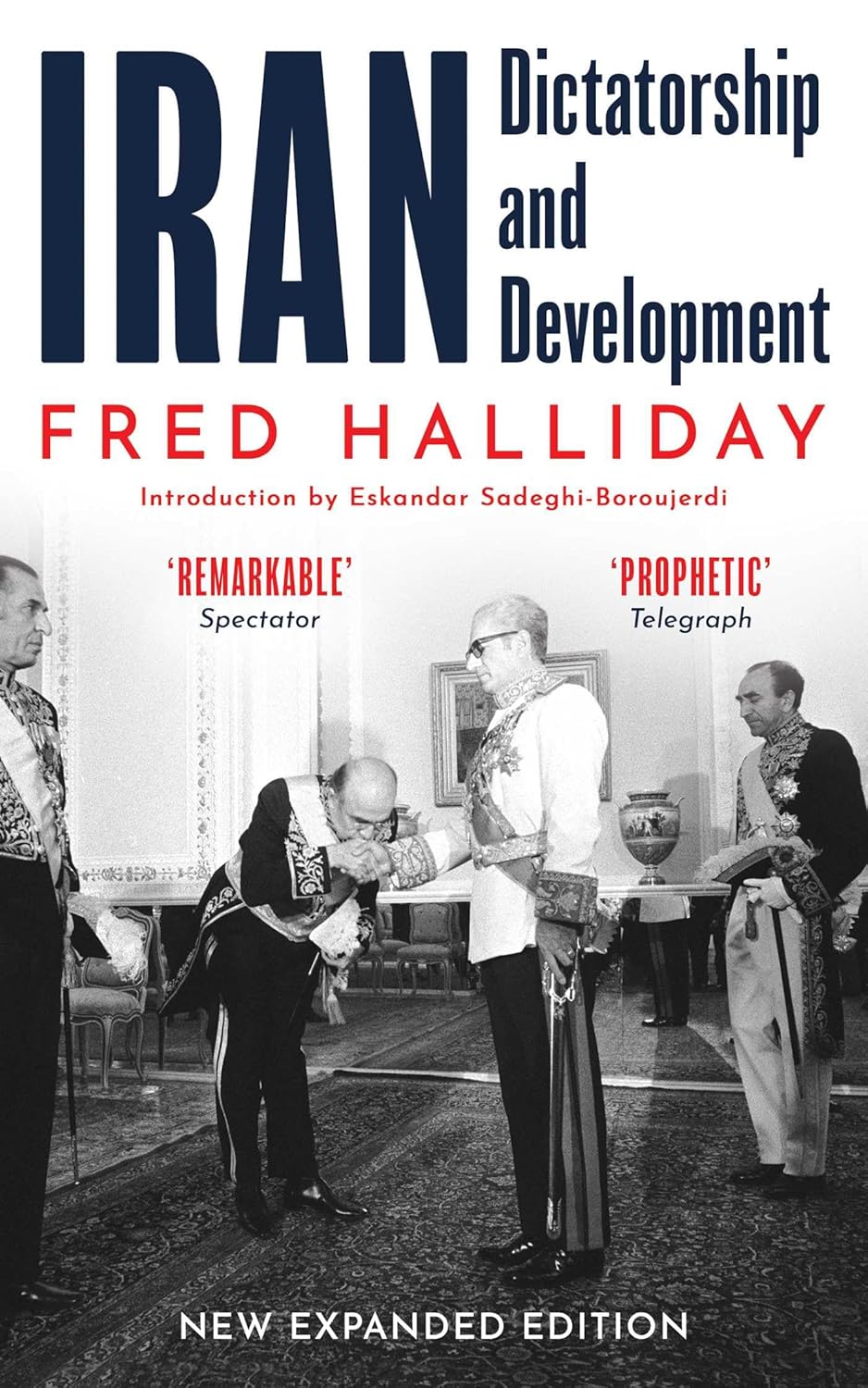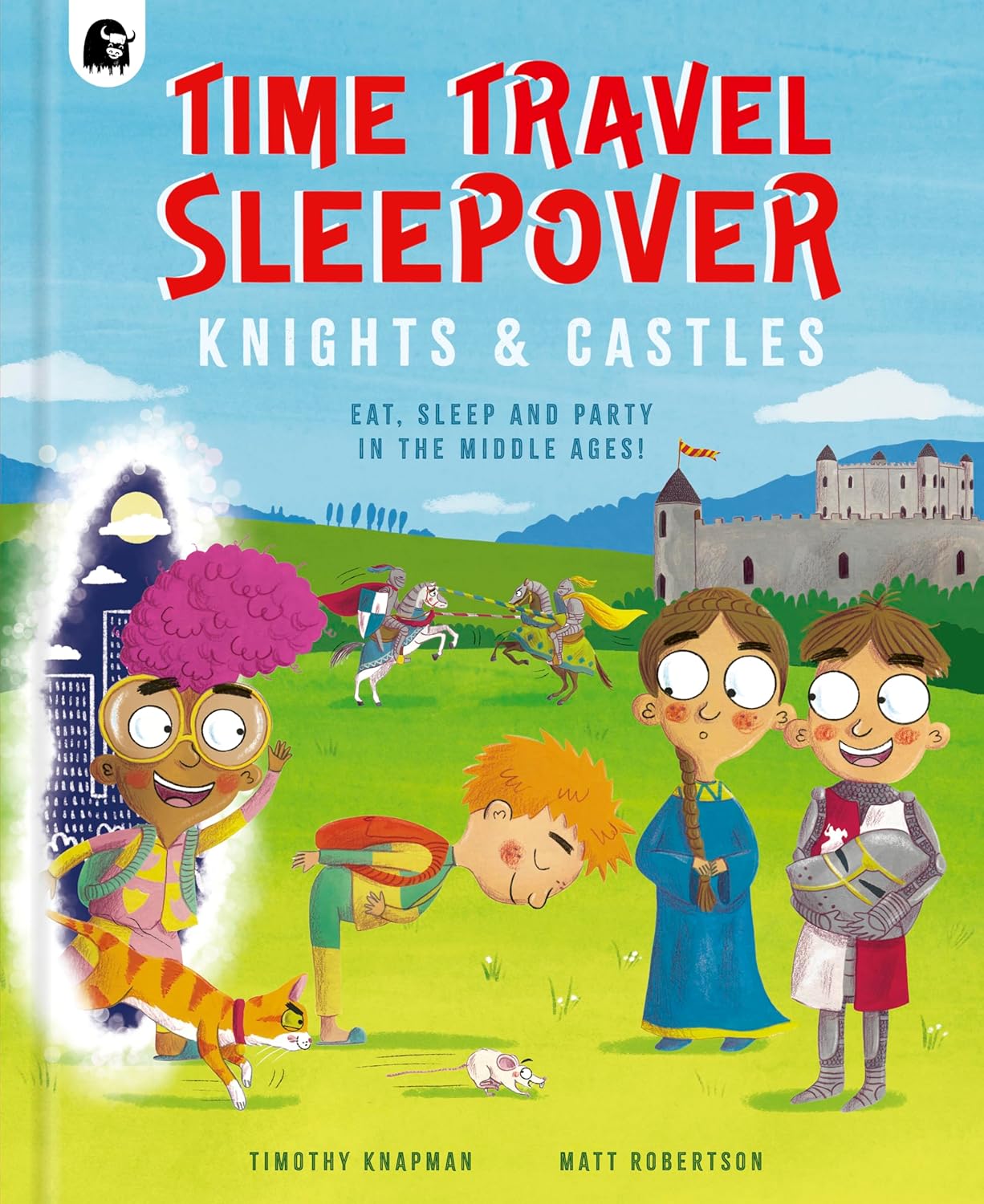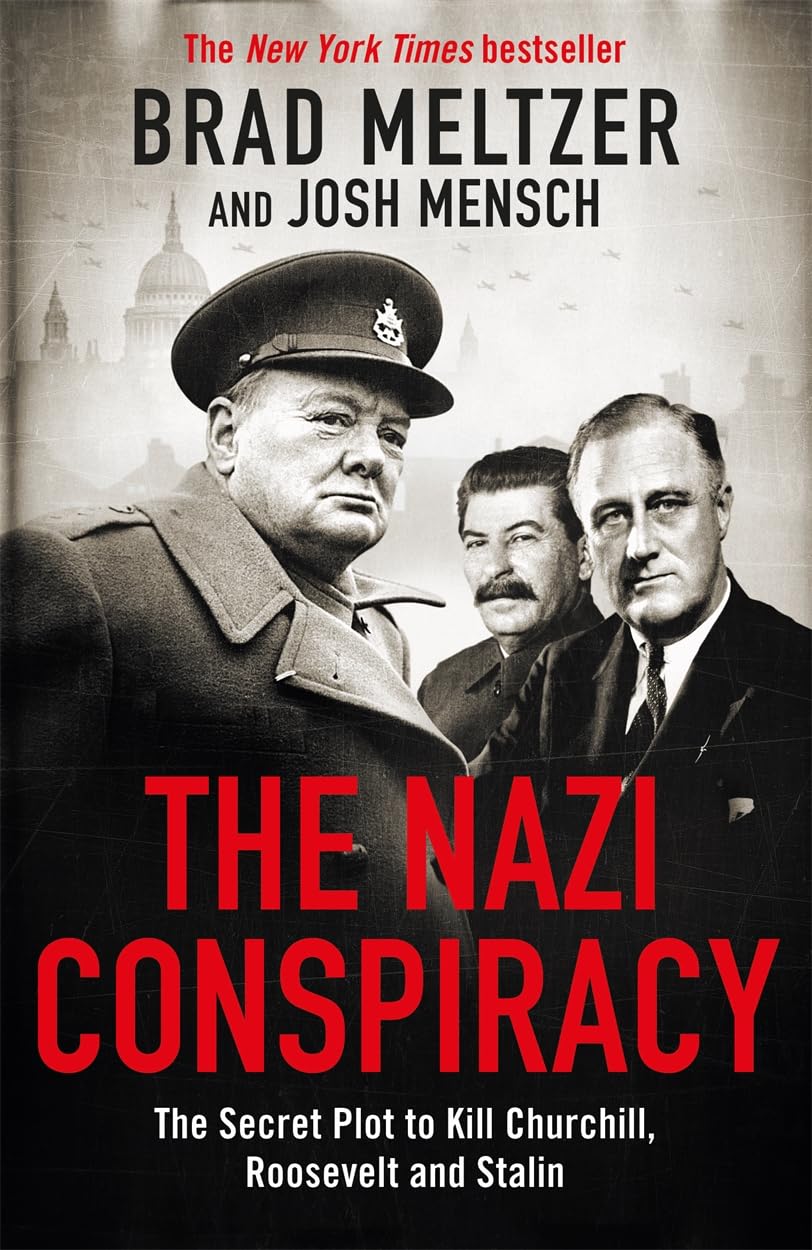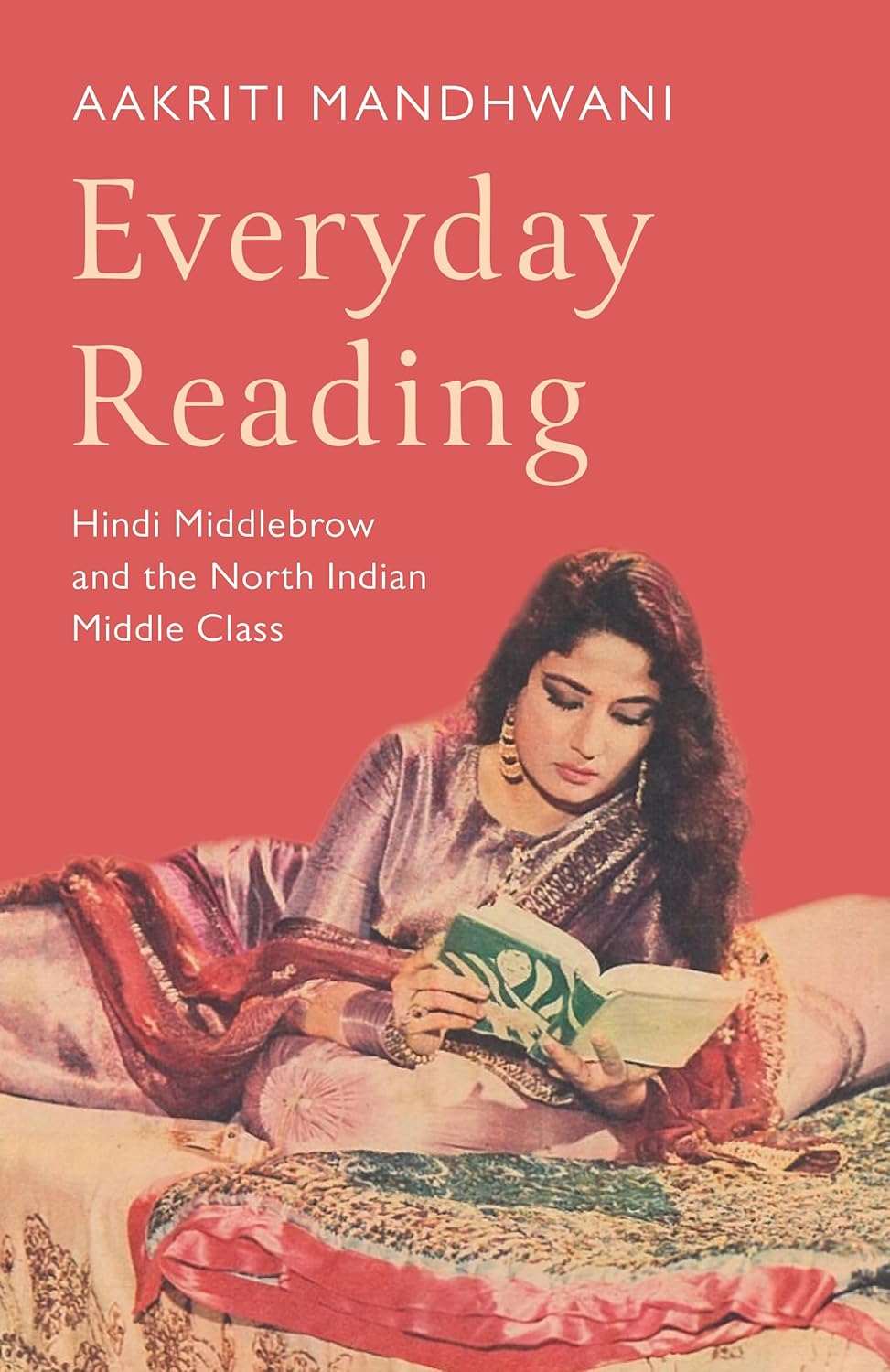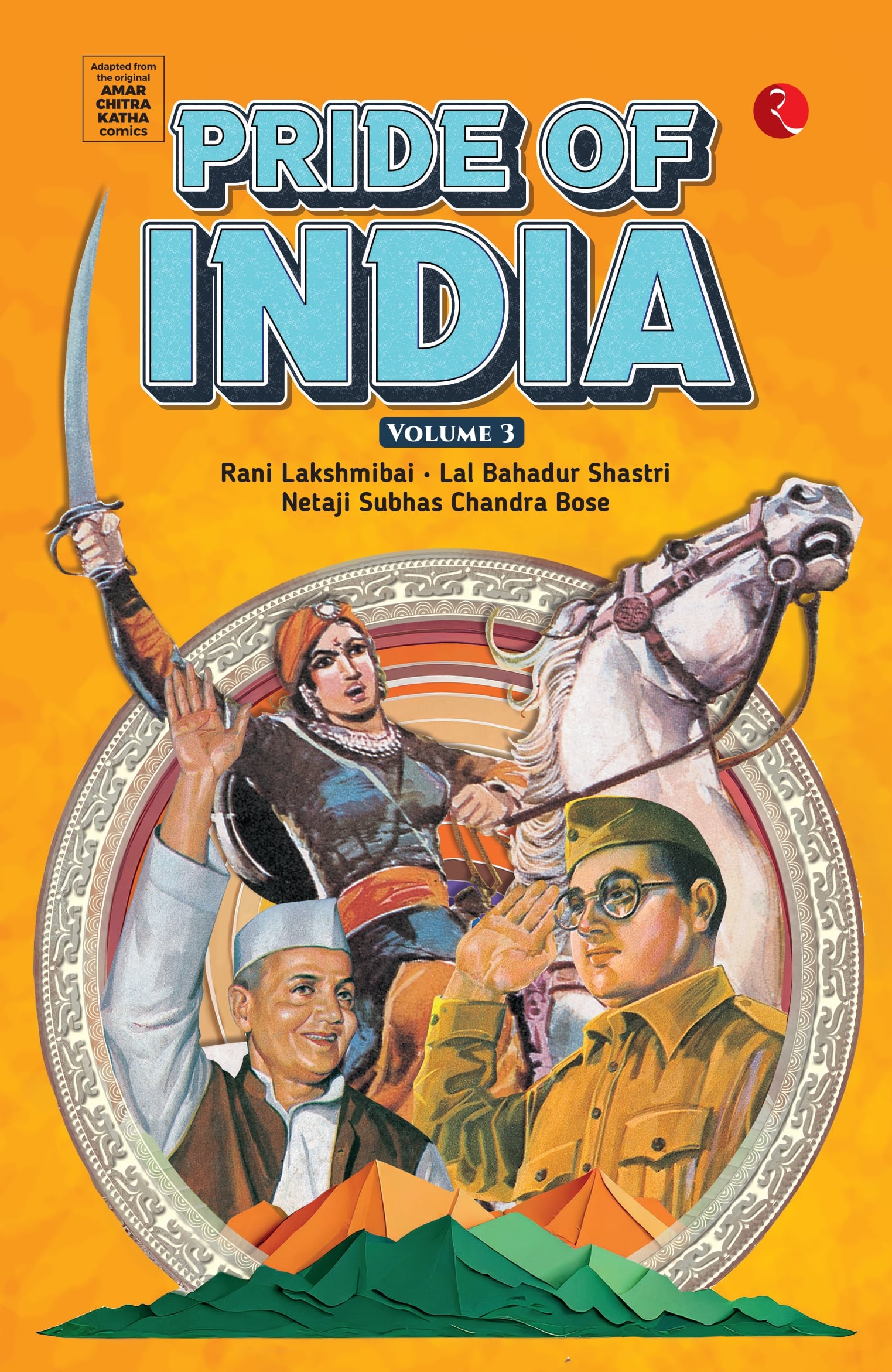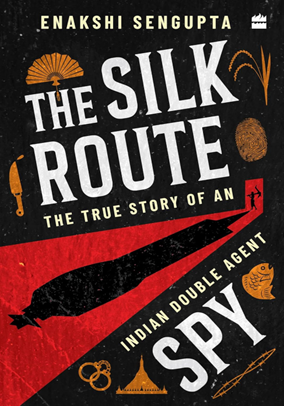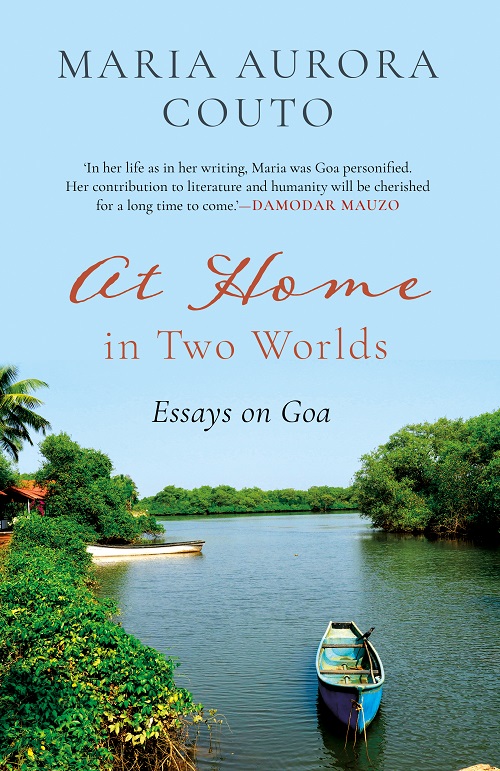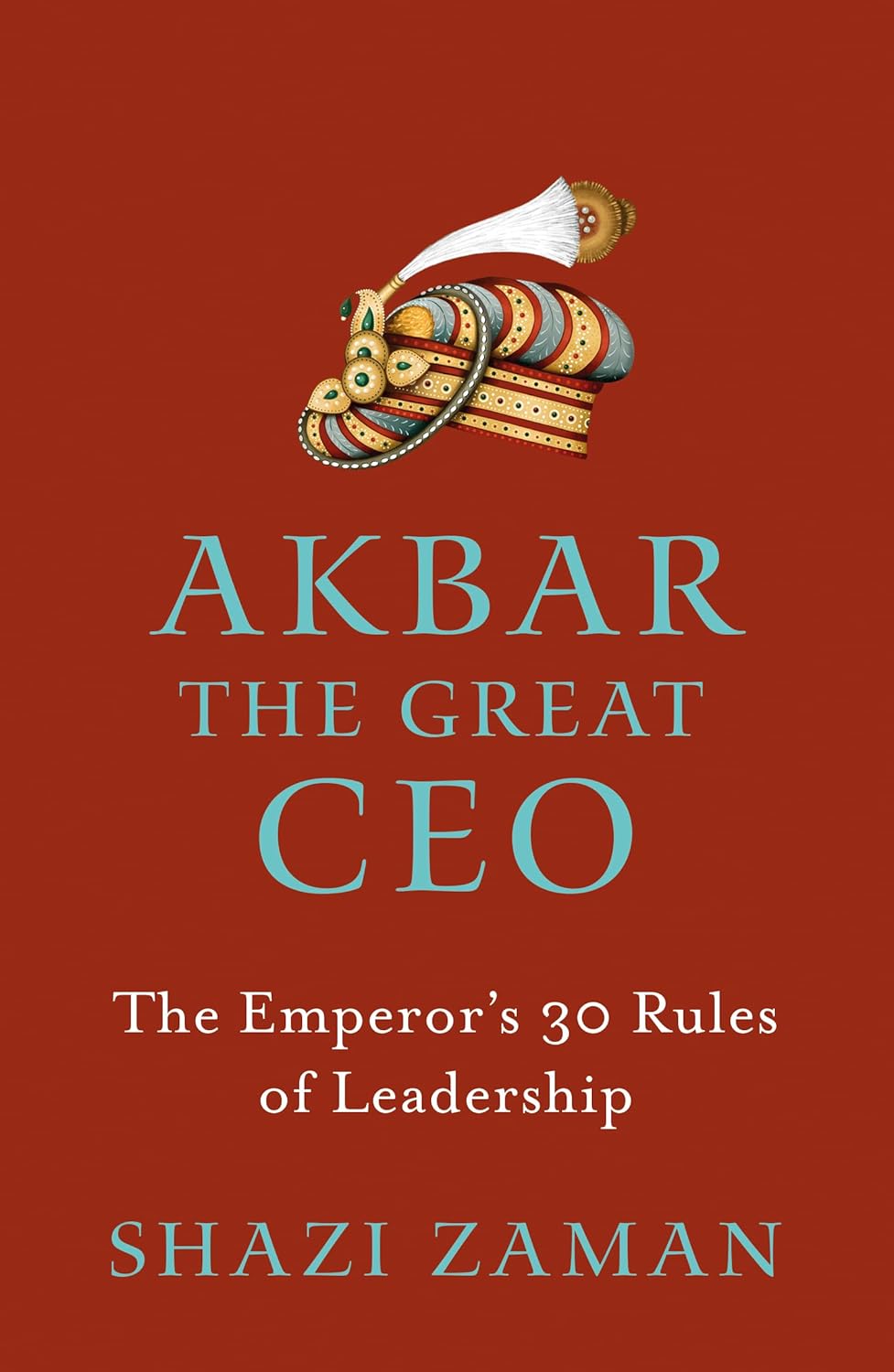History
Featured Products
Chenneville A Novel of Murder, Loss, and Vengeance
₹731.00
M.R.P.:₹ 850.00
You Save: ₹119.00 (14.00% OFF)
Night of Power The Betrayal of the Middle East
₹611.32
M.R.P.:₹ 899.00
You Save: ₹287.68 (32.00% OFF)
The Nazi Conspiracy The Secret Plot to Kill Churchill, Roosevelt and Stalin
₹425.29
M.R.P.:₹ 599.00
You Save: ₹173.71 (29.00% OFF)
EVERYDAY READING HINDI MIDDLEBROW AND THE NORTH INDIAN MIDDLE CLASS
₹449.25
M.R.P.:₹ 599.00
You Save: ₹149.75 (25.00% OFF)
THE SILK ROUTE SPY The True Story of an Indian Double Agent
₹209.30
M.R.P.:₹ 299.00
You Save: ₹89.70 (30.00% OFF)
AKBAR: THE GREAT CEO THE EMPEROR’S 30 RULES OF LEADERSHIP
₹295.26
M.R.P.:₹ 399.00
You Save: ₹103.74 (26.00% OFF)


